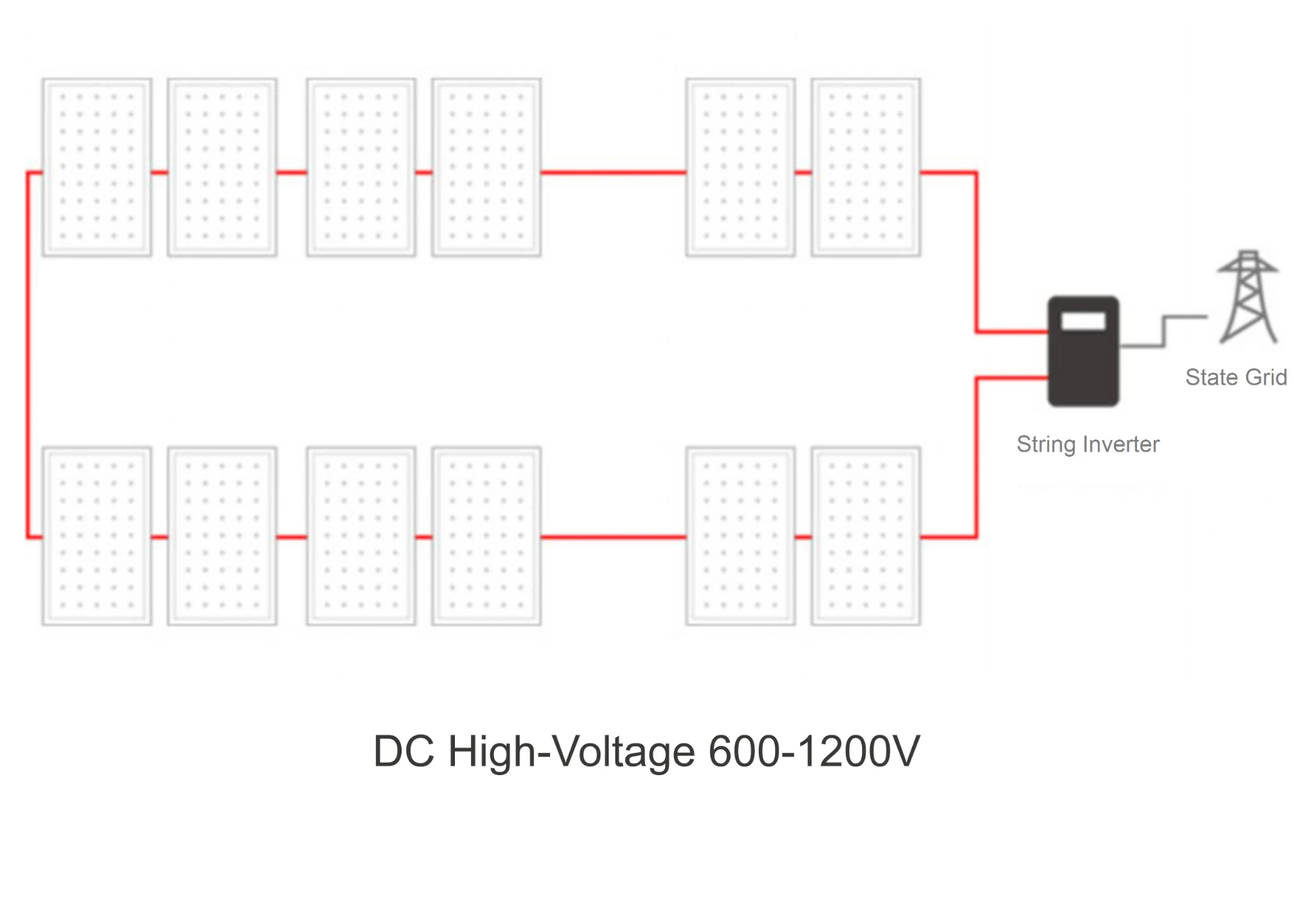mono bifacial
Understanding Mono Bifacial Solar Technology
In the quest for sustainable energy solutions, solar technology has emerged as a primary player in addressing the world’s energy needs. Among the various innovations in this field, mono bifacial solar panels have gained significant attention for their efficiency and versatility. This article explores the principles, benefits, and potential applications of mono bifacial solar technology.
What are Mono Bifacial Solar Panels?
Mono bifacial solar panels are a type of photovoltaic (PV) technology that harnesses sunlight from both sides of the panel. The term mono refers to monocrystalline silicon, which is known for its high efficiency and excellent performance in low-light conditions. Bifacial implies that the panels can capture sunlight from the front and rear sides, maximizing energy production.
The design of mono bifacial panels incorporates transparent materials on the rear side, allowing sunlight to penetrate and be utilized effectively. This unique configuration enhances the overall energy yield compared to traditional monofacial panels, which collect sunlight solely from the front.
The Benefits of Mono Bifacial Technology
1. Increased Energy Efficiency One of the main advantages of mono bifacial solar panels is their ability to generate more electricity than conventional panels. The dual-sided design allows them to capture reflected sunlight from surfaces such as snow, sand, or water, boosting energy output by 10% to 30%.
2. Improved Performance in Various Conditions Mono bifacial panels perform exceptionally well in diverse environmental conditions. They are particularly effective in regions with high albedo, where reflective surfaces can enhance back-side light absorption.
3. Sustainability Monocrystalline silicon, the primary material used in these panels, is known for its lower carbon footprint compared to other silicon types. Additionally, the longevity of mono bifacial panels, often exceeding 25 years, contributes to their overall sustainability, ensuring that the energy produced outweighs the energy consumed during manufacturing.
mono bifacial

4. Versatile Applications The adaptability of mono bifacial panels makes them suitable for various installations, including ground-mounted, rooftop, and floating solar systems. Their capability to perform well in urban and rural settings alike extends their application in both residential and commercial projects.
5. Cost-Effectiveness in the Long Run While the initial investment for mono bifacial technology may be higher than traditional panels, the increased energy generation potential often results in lower long-term costs. Over time, the return on investment can prove significantly beneficial for homeowners and businesses alike.
Challenges and Considerations
Despite their advantages, mono bifacial panels come with challenges. One primary concern is the installation height and angle. To maximize the energy collection from the rear side, these panels must be installed with sufficient clearance above reflective surfaces. Additionally, shading from nearby structures or vegetation can drastically reduce their performance.
Moreover, as the technology is relatively new, not all solar installations utilize mono bifacial panels, leading to limited widespread adoption. Educating consumers and industry professionals about their benefits and proper installation practices is essential for driving growth in this sector.
The Future of Mono Bifacial Solar Technology
As the world continues to shift toward renewable energy sources, mono bifacial solar technology holds great promise for contributing to a sustainable energy future. Ongoing research and development are focused on enhancing the efficiency and cost-effectiveness of these panels, making them even more appealing for various applications.
In conclusion, mono bifacial solar panels represent a significant advancement in solar technology, offering higher efficiency, versatility, and sustainability. As the demand for clean energy solutions grows, embracing innovations like mono bifacial technology will be pivotal in harnessing the power of the sun and driving towards a greener future. The journey of solar technology is ongoing, and mono bifacial panels stand at the forefront of this transformative evolution in energy production.
-
String Solar Inverter: The High-Efficiency Solution for Smart Solar EnergyNewsJul.14,2025
-
Revolutionizing Rooftop Energy with the Power of the Micro Solar InverterNewsJul.14,2025
-
Power Independence with Smart Off Grid Solar Inverter SolutionsNewsJul.14,2025
-
On Grid Solar Inverter: Powering the Future with Smart Grid IntegrationNewsJul.14,2025
-
Monocrystalline Solar Panels: High-Efficiency Power for the Future of Clean EnergyNewsJul.14,2025
-
Bifacial Solar Panel: A Smarter Investment for Next-Generation Energy SystemsNewsJul.14,2025







